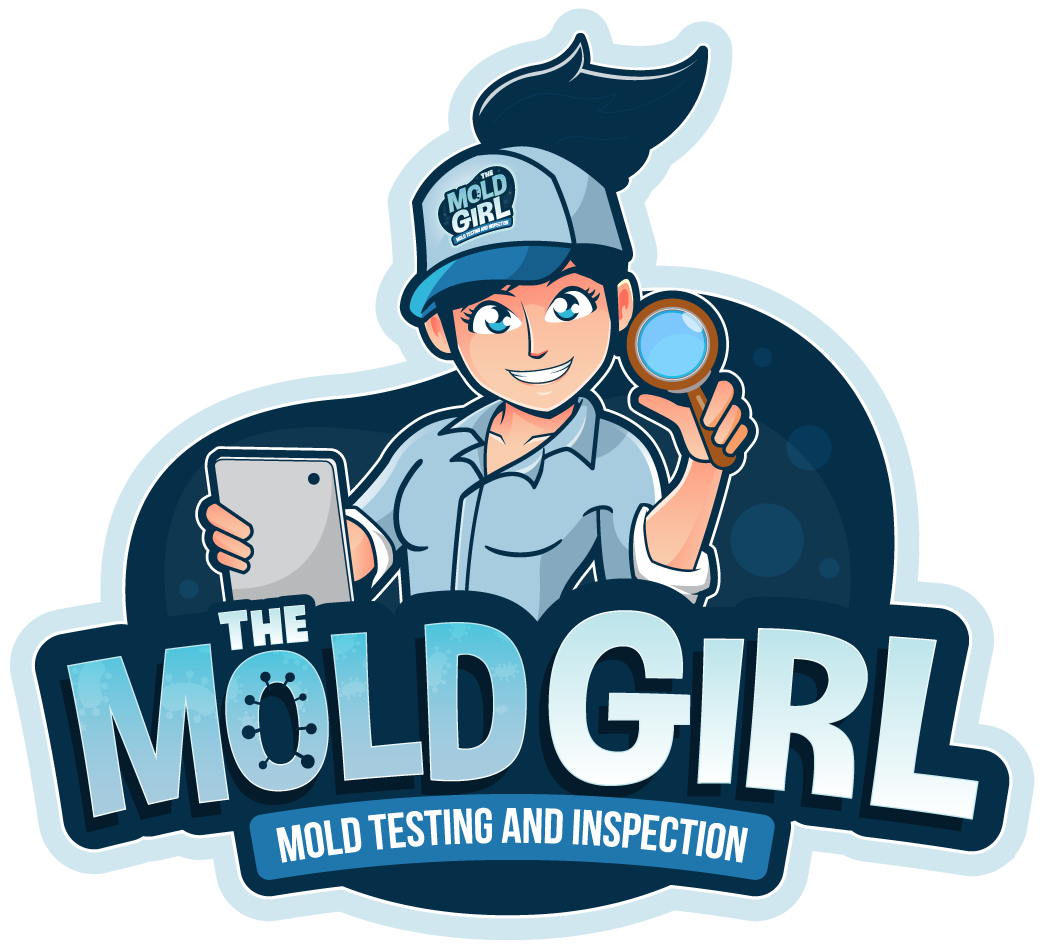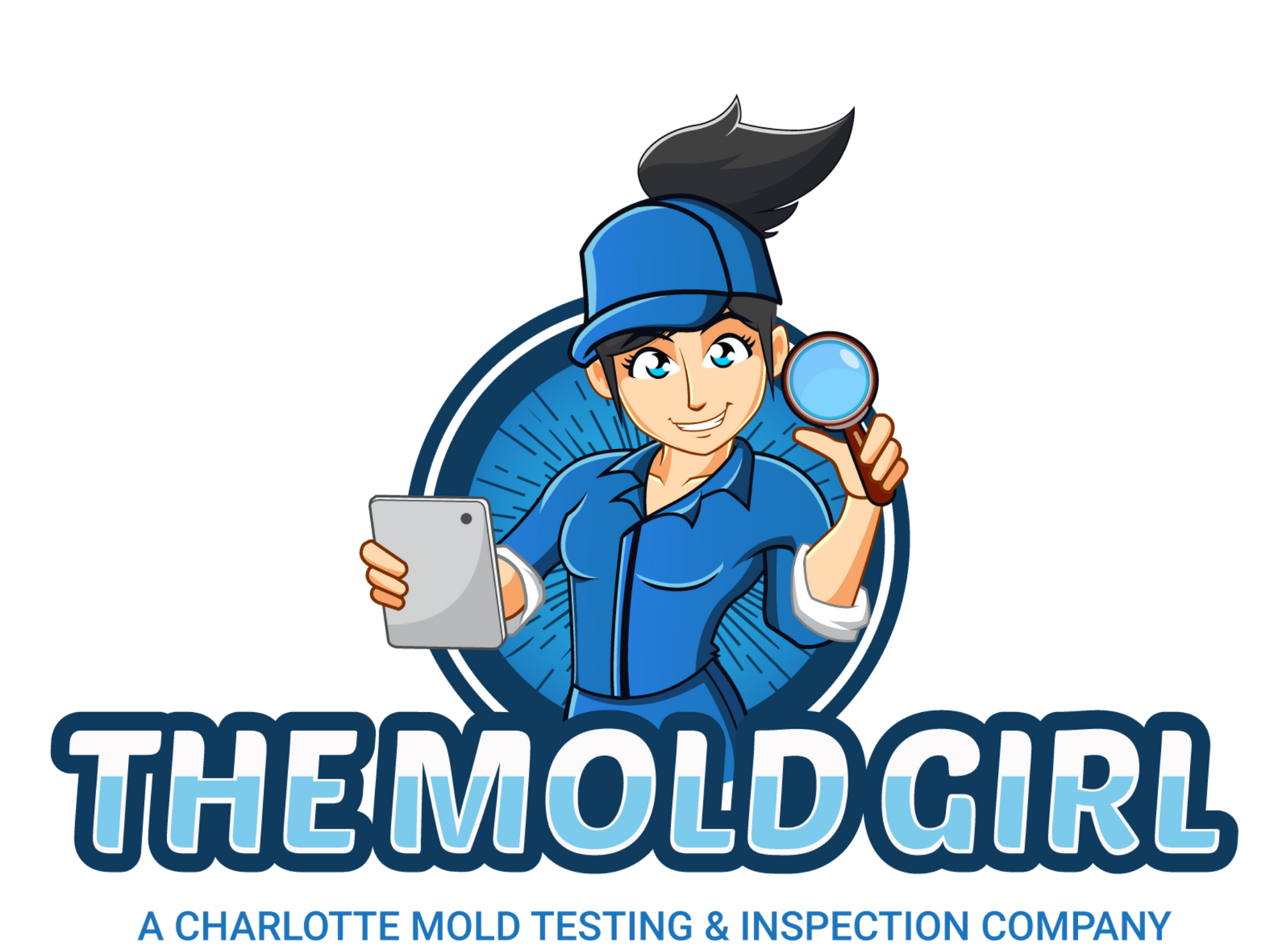SICK BUILDING SYNDROME
What is the sick building syndrome, and how does it manifest itself?
There is a term for this phenomenon called "sick building syndrome" (SBS), which describes instances in which building occupants experience acute health and comfort consequences that appear to be related to their time spent in the building but cannot be attributed solely to a specific illness or cause.
In what ways do the four factors listed above lead to sick building syndrome?
An infection contracted outside the building, an acute sensitivity (e.g., allergies), stress or dissatisfaction at the workplace, and other psychosocial variables can all contribute to the condition.
What are the symptoms of sick house syndrome?
- Headaches associated with the sick building syndrome.
- Congestion in the nose or a runny nose.
- Having skin that is dry and itchy can be a problem.
- Dry or sore eyes or throat are symptoms of a dry eye or throat.
- coughing or wheezing with a hacking sound
- rashes.
- Fatigue and inability to concentrate are common symptoms.
What factors are contributing to the increased prevalence of Sick Building Syndrome?
As well as being a phenomenon experienced by those working in climate-controlled environments, SBS has also been recorded as a phenomenon with a specific periodicity that grows with exposure time and resolves quickly upon withdrawal from the setting.
How does one go about determining if a building is suffering from sick building syndrome?
SBS symptoms include the following: headache, eye, nose, or throat irritation, dry cough, dry or itchy skin, dizziness and nausea, difficulty concentrating, tiredness, and sensitivity to odors. SBS is a chronic condition that affects the immune system. There is no known reason for the symptoms to manifest themselves.
Is it feasible to avoid the occurrence of sick building syndrome?
It is critical for building owners and facility managers to prioritize air quality and take steps to eliminate toxins and pollutants from the building, while also increasing general ventilation, in order to minimize sick building syndrome from occurring.
When did the term "sick building syndrome" first appear on the scene?
SBS was first discovered in the 1970s, and a World Health Organization evaluation conducted in 1984 found that up to 30% of newly constructed and remodeled buildings may have indoor air quality concerns severe enough to cause health complaints, according to the report.
In what ways does sick building syndrome affect the long-term health of a building?
These aromatic carbon rings / volatile organic compounds (VOCs) can cause cancer, paralysis, and lung failure in building occupants, and can have both acute and chronic health repercussions.
Contact The Mold Girl of Charlotte Today!
The Mold Girl of Charlotte will do everything we can to ensure your experience with us is excellent.
Request A FREE Estimate

